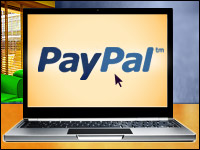
PayPal on Tuesday announced Payment Code, a new tool that allows customers to pay for in-store purchases by simply presenting a QR code or four-digit number at the cash register.

Similar in some ways to PayPal Beacon, which the company rolled out last month, Payment Code is intended both to simplify payment and to add a new layer of protection for consumers.
Payment Code is expected to be available in early 2014.
‘One Quick Transaction’
When a consumer reaches the cash register, he can pull up the PayPal app, or a specific merchant’s app if it’s connected to PayPal, and check in. The app sends a QR code that can be scanned at the cash register to remit payment. Alternatively, PayPal can send a four-digit short code to authenticate purchases in cases where the point-of-sale terminal doesn’t have a barcode or QR code scanner.
“While Payment Code does make the checkout process smooth, with easy access to all funding sources in one simple place — your phone — the real benefit is that it will allow consumers to automatically redeem any special offers, gift cards, merchant rewards programs or other forms of payment that might be saved in their PayPal wallet in one quick transaction,” PayPal spokesperson Peter Gau told the E-Commerce Times.
In addition to providing a streamlined method of payment that bundles in loyalty programs and offers, Payment Code also helps add a layer of authentication.
“This is a security issue,” said Charles King, principal analyst at Pund-IT. “Credit card fraud is so rampant right now. Basically what PayPal is doing is creating a second line of defense with retailers to make sure that the people using the credit cards are the people they say they are.”
‘More Opportunities’
PayPal is well-established in the online world for handling payments, but Payment Code demonstrates PayPal’s desire to tackle brick and mortar.
“PayPal is looking to scale aggressively in the physical world, and this is further evidence,” said Jordan McKee, an analyst at Yankee Group. “By enabling many options, PayPal has more opportunities to sign on merchants. Now any merchant with a PIN pad or QR code scanner can accept PayPal” as long as their processor allows for it.
Retailers can use Payment Code to set up credit programs with customers instead of issuing a store credit card.
“One of the most interesting implications is for merchants to integrate Payment Code into their closed-looped applications,” McKee told the E-Commerce Times. “This shows PayPal is placing less importance on owning the customer experience and more on capturing processing revenues and signing on merchants.”
Targeting Smaller Merchants
Both Payment Code and Beacon are there to serve as options for retailers so they can find the program that works with existing equipment.
“Payment Code is an extension of our offerings for enhancing the payments experience in-store,” said Gau. “PayPal Beacon allows merchants to make check in seamless and let people just pay with an image of their face that appears on the merchant’s POS screen.”
Payment Code is likely to be a good option for smaller merchants that might not have necessary equipment such as imaging equipment and barcode scanners.
“We’re introducing Payment Code for merchants with POS systems that don’t have a screen that can display images,” Gau explained. “Our approach isn’t to push technology for technology’s sake, but to truly make the paying experience better for consumers and to give merchants more opportunity to innovate without a costly investment. Payment Code is easy to use and understand, and utilizes a ubiquitous technology that merchants have and are familiar with.”
Room for Disruption
Indeed, “the Beacon service really only works in retail environments where the POS terminal has video display or pictorial display capabilities,” King told the E-Commerce Times. “While there are certainly a lot of POS terminals that have that, many stores, especially small chains and single stores, have a more rudimentary POS that doesn’t have those capabilities. That’s really what Payment Code is about.”
Payment Code signals innovation in the payment industry that hasn’t been seen in some time, King opined.
“The credit industry and credit payment industry has been pretty stoked on its own traditions for a very long time,” he said. “There’s room for a disruptive company like PayPal to move in and shake things up a bit.”


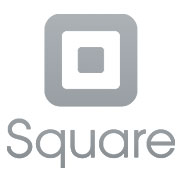
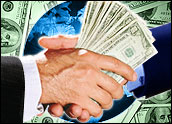





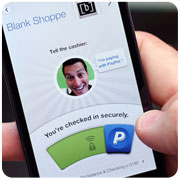
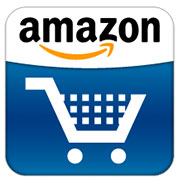











































Social Media
See all Social Media